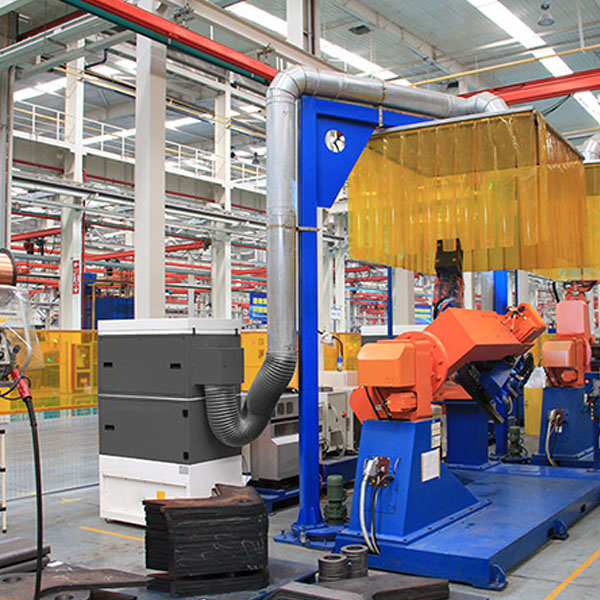
In any workplace, the presence of dust can pose serious health risks and safety hazards. Dust particles can contain harmful substances that, when inhaled, can lead to respiratory issues and other health problems. Additionally, the accumulation of dust can create a fire hazard, especially in industries where flammable materials are used. This is why it is crucial to have an efficient dust collection system in place.
A dust collection system is designed to remove dust and other airborne particles from the air, ensuring a cleaner and safer working environment. By capturing dust at its source, these systems prevent it from spreading throughout the workplace and being inhaled by employees. This not only protects their health but also improves overall productivity by reducing the risk of illness and downtime due to respiratory issues.
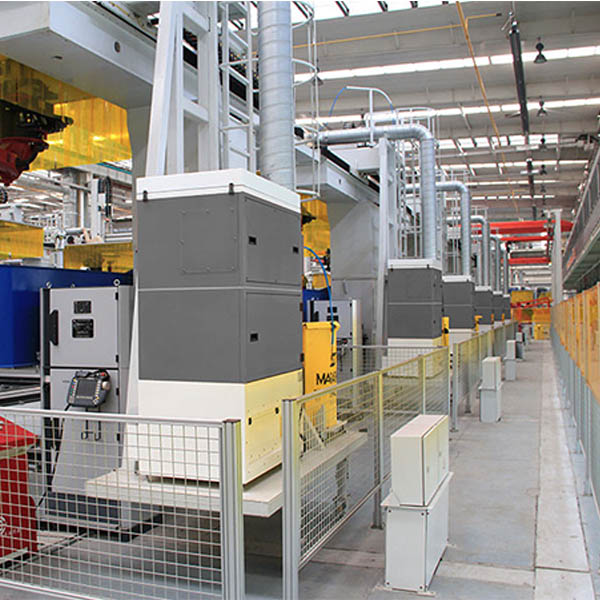
There are various types of dust collection systems available, each designed to cater to specific needs and environments. Shop dust collection systems are commonly found in smaller workshops or manufacturing facilities. These systems are compact and portable, making them ideal for capturing dust from tools such as table saws, sanders, and drills. They usually consist of a dust collector, a hose, and a collection bag or bin.
In contrast, industrial dust collection systems are larger and more powerful, suitable for large-scale operations such as factories or production lines. These systems are designed to handle high volumes of dust and can be customized to meet specific industry requirements. They often include features such as multiple collection points, ductwork, filters, and a central dust collector unit.
For situations where mobility is essential, portable dust collection systems are a convenient option. These systems are lightweight and easily transportable, allowing them to be used in various locations within a facility. They are often used in construction sites, renovation projects, or other temporary work areas where dust collection is necessary but a permanent system is not feasible.
Implementing a dust collection system in your workplace offers numerous benefits that go beyond just cleanliness. Here are some key advantages:
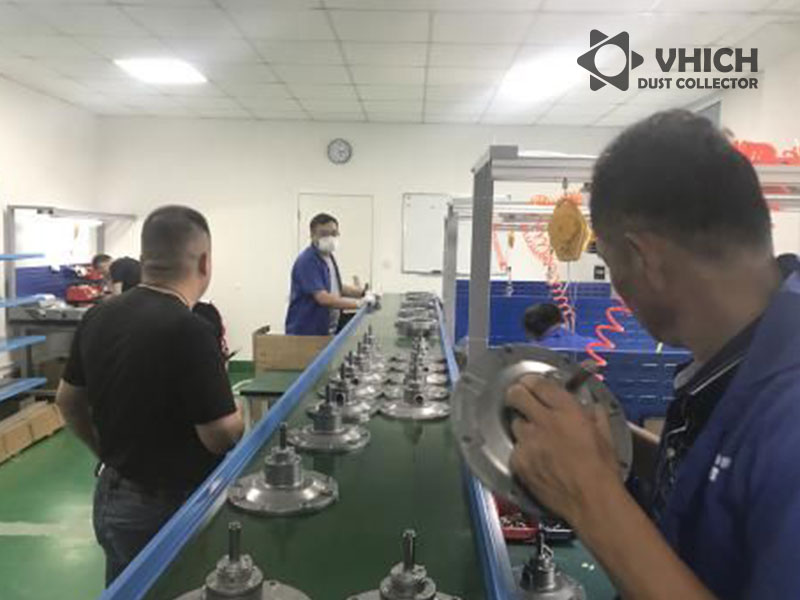
Improved air quality: A dust collection system effectively removes dust particles from the air, ensuring a healthier and safer work environment. This reduces the risk of respiratory issues and allergies among employees.
Reduced fire hazards: Dust accumulation can be highly combustible, especially in industries dealing with flammable materials. A dust collection system minimizes the risk of fire by capturing and containing combustible dust particles.
Enhanced equipment longevity: Dust particles can cause extensive damage to machinery and equipment. By capturing dust at its source, a dust collection system prevents the buildup of dust on equipment, extending their lifespan and reducing maintenance costs.
Increased productivity: A clean and safe workplace leads to improved productivity. When employees are not exposed to harmful dust particles, they can focus better on their tasks, leading to higher efficiency and fewer sick days.
Compliance with regulations: Many industries have specific regulations and standards regarding dust control. Implementing a dust collection system helps ensure compliance with these regulations, avoiding potential fines and penalties.
By investing in a dust collection system, you are not only creating a cleaner and safer workplace but also safeguarding the health and well-being of your employees while enhancing productivity.
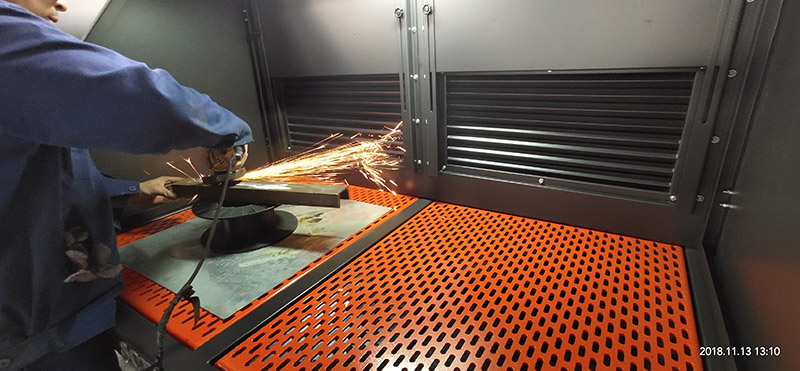
Selecting the right dust collection system for your workplace is crucial to its effectiveness and efficiency. Here are some key factors to consider:
Airflow and suction power: Determine the required airflow and suction power based on the size of your workspace and the type of dust you are dealing with. Ensure that the system can adequately capture and contain the dust particles.
Filter efficiency: The filter is an essential component of a dust collection system. Look for filters with high efficiency ratings that can effectively capture even the smallest dust particles. Consider the maintenance requirements and longevity of the filters as well.
Noise level: Dust collection systems can generate noise during operation. Consider the noise level of the system, especially if it will be used in a noise-sensitive environment. Look for systems with sound-dampening features or remote installation options.
Ease of maintenance: Regular maintenance is necessary to keep a dust collection system functioning optimally. Consider the ease of filter replacement, cleaning procedures, and overall maintenance requirements when choosing a system.
Cost and energy efficiency: Evaluate the initial cost, operational costs, and energy consumption of the system. Look for energy-efficient models that can help reduce electricity bills and minimize environmental impact.
By considering these factors, you can select a dust collection system that meets your specific requirements and ensures efficient dust capture and containment.
Proper maintenance and cleaning are essential to ensure the longevity and efficiency of your dust collection system. Here are some important steps to follow:
Regular filter inspection: Inspect the filters regularly for any signs of damage or clogging. Replace or clean the filters as recommended by the manufacturer to maintain optimal performance.
Empty collection bags or bins: Regularly empty the collection bags or bins to avoid overfilling. Dispose of the collected dust safely and in accordance with local regulations.
Check for leaks and blockages: Inspect the ductwork and connections for any leaks or blockages that may hinder the airflow. Repair any leaks and remove any obstructions to maintain proper suction.
Clean the system components: Periodically clean the dust collector unit, hoses, and other system components. Use appropriate cleaning methods and ensure the system is powered off and disconnected before cleaning.
Schedule professional maintenance: Consider scheduling regular professional maintenance to ensure the system is thoroughly inspected and serviced. Professional technicians can identify and address any potential issues before they become major problems.
By following these maintenance practices, you can ensure that your dust collection system operates efficiently and continues to provide a clean and safe working environment.
While dust collection systems are designed to be efficient and reliable, they may encounter some common problems. Here are a few issues you may encounter and potential troubleshooting steps:
Insufficient suction power: If the system is not capturing dust effectively, check for clogged filters, leaks in the ductwork, or a malfunctioning fan. Clean or replace filters, repair leaks, and ensure the fan is functioning properly.
Excessive noise: Excessive noise may indicate a problem with the fan or motor. Inspect the fan blades for damage or obstructions and ensure that the motor is properly lubricated.
Dust leakage: If dust is escaping from the system, check for leaks in the ductwork or improperly sealed connections. Repair any leaks and ensure all connections are secure.
Frequent filter clogging: If filters are clogging too quickly, it may indicate a problem with the filter efficiency or improper airflow. Consider upgrading to higher-efficiency filters or consult a professional to assess the system's airflow.
If you encounter persistent issues with your dust collection system, it is advisable to consult a professional technician who specializes in dust collection systems. They can diagnose and resolve the problem effectively, ensuring your system operates at its best.
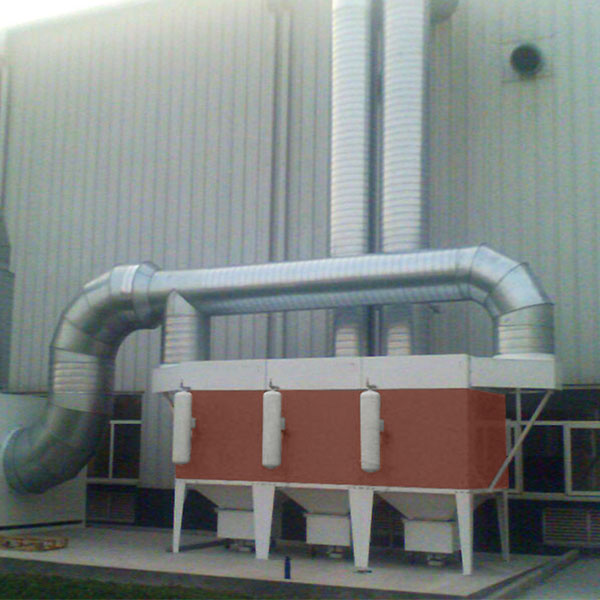
To further enhance the efficiency of your dust collection system, consider implementing the following tips:
Optimize ductwork design: Ensure that the ductwork is properly sized and designed to minimize airflow resistance. Smooth bends, gradual transitions, and proper placement of collection points can improve the system's efficiency.
Use blast gates and dampers: Install blast gates and dampers in the ductwork to control airflow and redirect it to specific areas when needed. This allows for better dust capture and containment, especially in larger workspaces.
Educate and train employees: Proper usage and maintenance of the dust collection system are essential for its efficiency. Educate and train employees on how to use the system correctly, including proper tool usage and regular maintenance practices.
Implement good housekeeping practices: Encourage good housekeeping practices in the workplace, such as regular cleaning of work surfaces and equipment. This reduces the overall dust accumulation and eases the workload on the dust collection system.
Stay updated with advancements: Keep up-to-date with the latest advancements in dust collection technology. New innovations and improvements can enhance the efficiency and effectiveness of your system.
By implementing these tips, you can maximize the efficiency of your dust collection system, ensuring optimal dust capture and containment.
Dust collection technology continues to evolve, with advancements aimed at improving efficiency, ease of use, and overall effectiveness. Here are some of the latest innovations in dust collection systems:
Smart monitoring and control: Some dust collection systems now feature smart monitoring capabilities, allowing for real-time monitoring of airflow, filter condition, and system performance. This enables proactive maintenance and ensures optimal efficiency.
Self-cleaning filters: Traditional filters require regular cleaning or replacement to maintain efficiency. Self-cleaning filters utilize automated mechanisms to remove dust and debris from the filters, reducing maintenance requirements and prolonging filter life.
Improved filter media: New filter media materials offer higher efficiency and better dust capture capabilities. Advanced filter media can capture even the smallest particles, ensuring cleaner air and improved workplace safety.
Energy-efficient designs: Manufacturers are focusing on developing energy-efficient dust collection systems that reduce power consumption without compromising performance. These systems help reduce operational costs and minimize environmental impact.
Integration with other systems: Dust collection systems are now being integrated with other workplace systems, such as ventilation and air conditioning, to provide comprehensive air quality control. This ensures a healthier and more comfortable working environment.
By staying informed about the latest advancements, you can take advantage of new technologies to enhance the efficiency and effectiveness of your dust collection system.
In conclusion, an efficient dust collection system is essential for maintaining a clean and safe workplace. By capturing and containing dust particles at their source, these systems protect the health of employees, reduce the risk of fire hazards, and enhance overall productivity. When choosing a dust collection system, consider factors such as airflow, filter efficiency, maintenance requirements, and cost. Regular maintenance and cleaning are crucial to ensure optimal system performance, and troubleshooting common issues can help address any problems that may arise. Implementing tips for improving efficiency and staying updated with the latest advancements in dust collection technology can further enhance the effectiveness of your system. By investing in an efficient dust collection system, you are investing in the well-being of your employees and creating a healthier and safer workplace environment.
Ensure the safety and well-being of your employees by investing in an efficient dust collection system today. Contact us for expert advice and guidance in choosing the right system for your workplace.
Contact: Tony wu
Phone: +86 13918891309
E-mail: info@vhich.com
Whatsapp:+86-13918891309
Add: Building A1, No.688 North Huan Cheng Road, Nanqiao Town, Fengxian District, Shanghai, China
We chat
